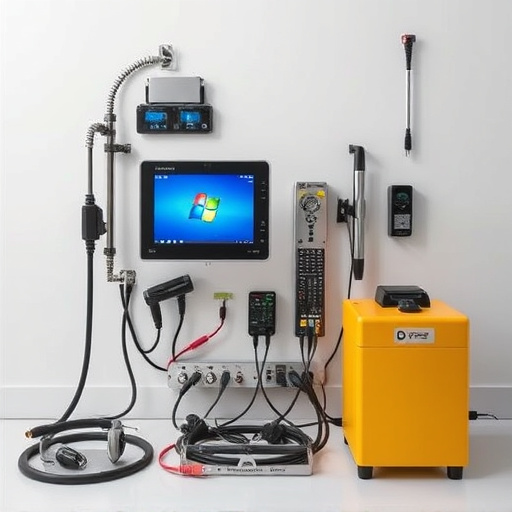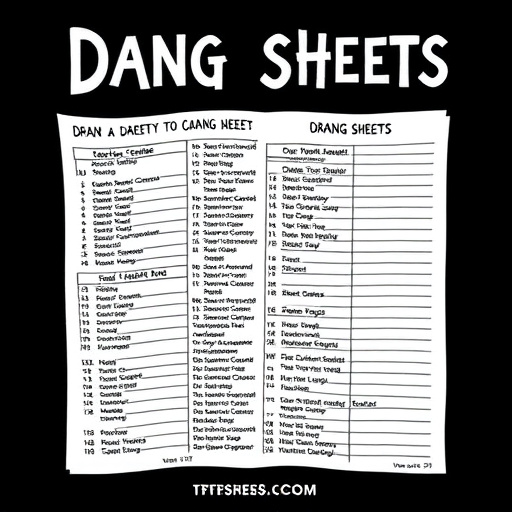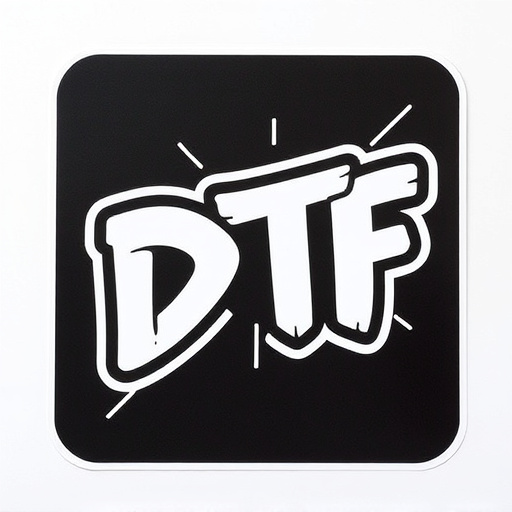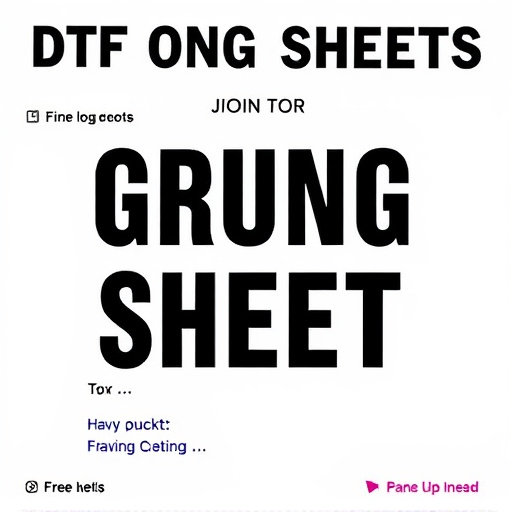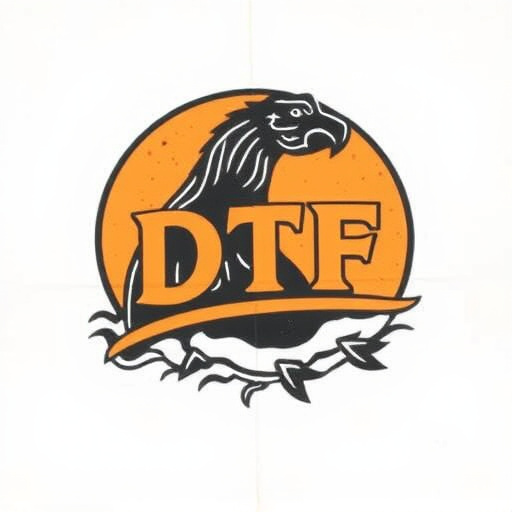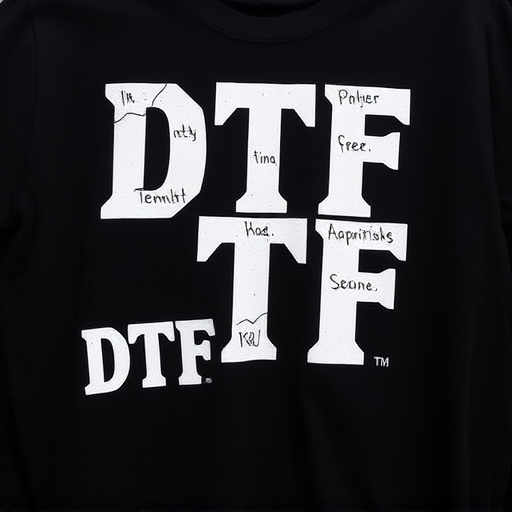Direct to Film (DTF) Garment Printing revolutionizes textile personalization with vibrant, durable prints on hoodies and t-shirts. To avoid peeling and cracking, ensure proper fabric prep, high-quality inks, and precise temperature control during printing. Best practices include using apparel-compatible materials, pre-treating garments, post-heating, considering fabric type, maintaining humidity levels, and allowing adequate drying time for long-lasting DTF prints.
Avoid peeling and cracking with DTF (Direct to Fabric) garment printing, a game-changer in the apparel industry. This innovative technique offers vibrant, durable prints that enhance your designs. However, common issues like peeling and cracking can compromise quality. This article provides a comprehensive overview of DTF printing, explores the causes behind these problems, and shares best practices for achieving long-lasting, high-quality garment prints.
- Understanding DTF Printing: A Comprehensive Overview
- The Common Issues of Peeling and Cracking
- Best Practices for Long-Lasting Garment Prints
Understanding DTF Printing: A Comprehensive Overview

Direct to Film (DTF) Garment Printing is a cutting-edge technique revolutionizing the textile industry. Unlike traditional printing methods, DTF allows for high-quality, vibrant designs applied directly onto fabric using a special film and heat press. This process ensures that inks fuse with the material, creating durable prints that resist fading and peeling.
Understanding DTF involves grasping its precision and versatility. It’s ideal for personalizing items like hoodies, t-shirts, and accessories with intricate logos or graphics. The term ‘DTF’ refers to the direct application of design onto the fabric using a film, which is then cured by heat. This method offers unmatched clarity and color vibrancy, making it a preferred choice for clothing brands seeking to create distinctive, personalized garments.
The Common Issues of Peeling and Cracking

Peeling and cracking are common issues that can arise when applying heat transfer vinyl (HTV) to garments, especially with traditional methods. These problems often lead to an unappealing finish and a shorter lifespan for the printed design. The primary cause is usually related to the adhesion of the dtf transfers to the fabric, which can be influenced by various factors such as moisture content in the fabric, ink quality, and improper heating during the printing process.
When using DTF printing techniques, especially for light fabrics, ensuring optimal adhesion becomes even more critical. DTF prints offer a unique advantage with their ability to create vibrant, durable designs. However, if peeling or cracking occurs, it can compromise the overall quality of the garment. This is where careful consideration of factors like fabric preparation, ink selection suitable for dtf transfers, and precise temperature control during printing come into play to achieve long-lasting, high-quality DTF prints that resist these common issues.
Best Practices for Long-Lasting Garment Prints

To ensure your DTF garment prints remain vibrant and durable, several best practices should be followed. First, use high-quality printing inks and materials specifically designed for DTF for Apparel applications. This guarantees that the colors remain rich and the print adheres well to the fabric. Next, pre-treat garments properly before printing; this involves cleaning the surface to remove any oils or impurities that could interfere with ink adhesion. A crucial step is also post-heating the printed garments using a heat press to set the ink permanently, enhancing the overall longevity of the design.
Additionally, consider the garment material and cut when designing your print. Certain fabrics, like cotton, absorb ink differently than synthetic blends; thus, choosing the right fabric type ensures optimal print results. Moreover, avoid printing on areas prone to chafing or constant movement, as this can cause the ink to peel or crack over time. For DTF printing for hoodies and other apparel items, maintaining proper humidity levels during printing and allowing adequate drying time between prints are essential practices to prevent blistering and ensure long-lasting, high-quality prints.
DTF garment printing offers a robust and vibrant solution for creating lasting designs on various fabrics. By understanding the common issues of peeling and cracking, and implementing best practices, you can ensure your prints remain intact and look their best for longer. This comprehensive guide has equipped you with the knowledge to navigate the world of DTF printing successfully, allowing you to produce high-quality, durable garments that stand the test of time and handling.


